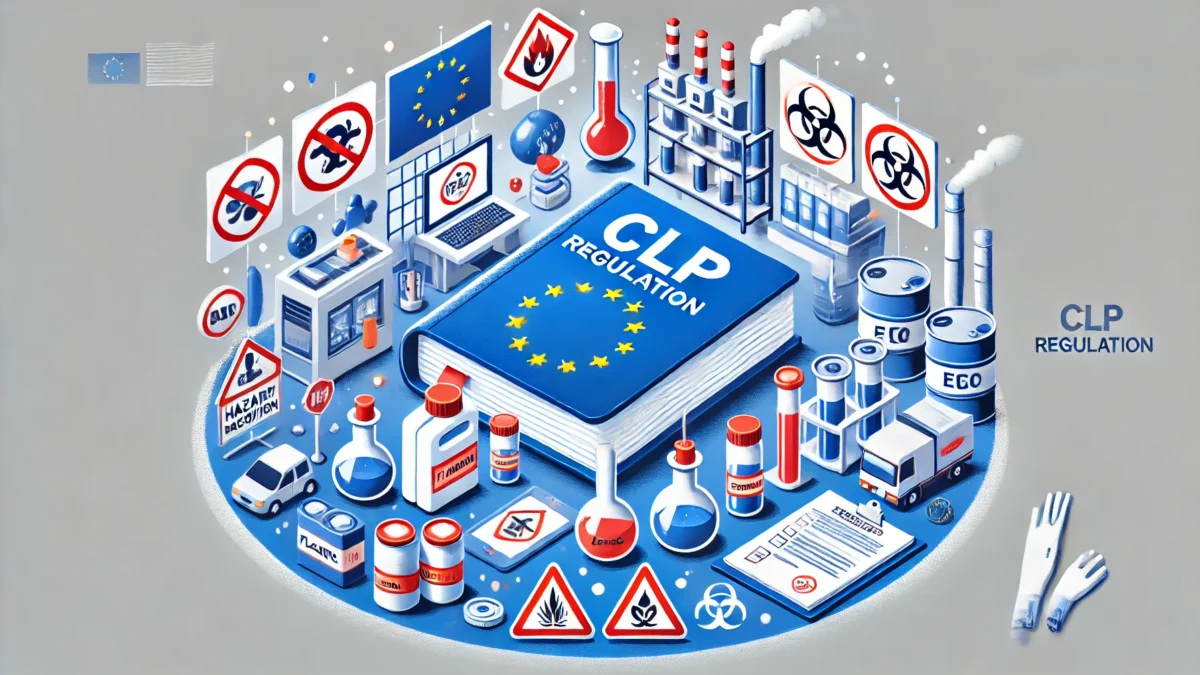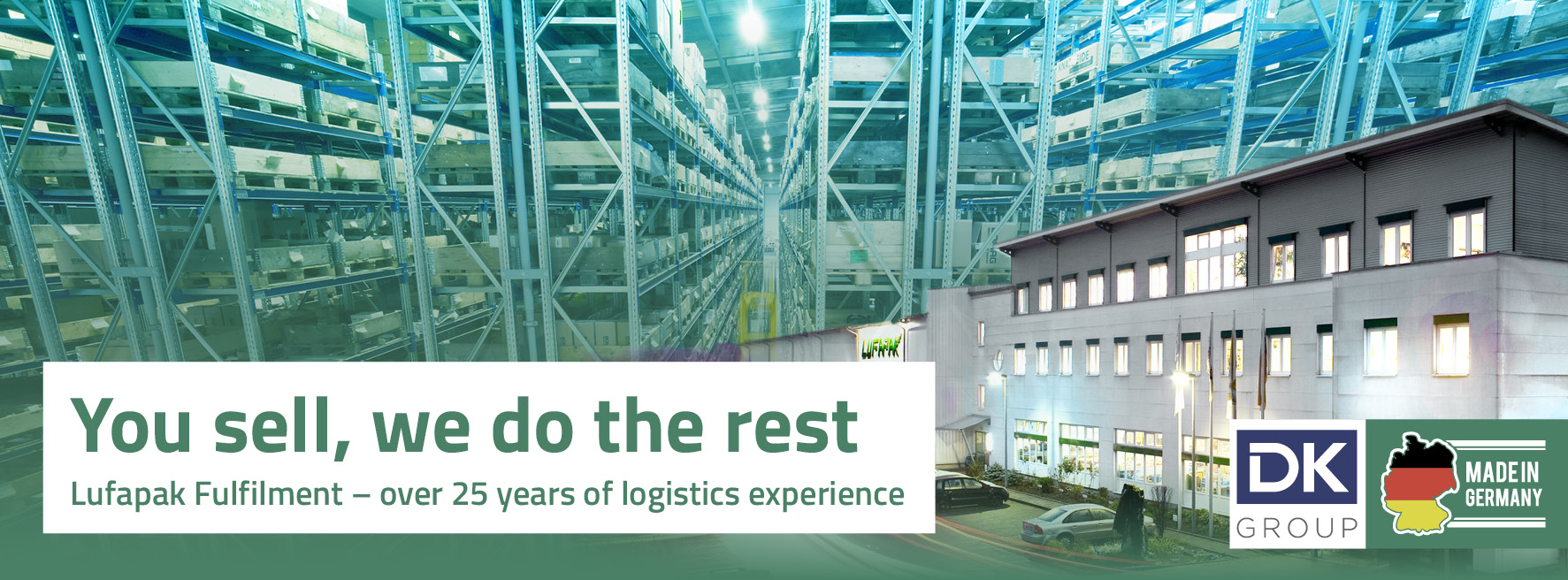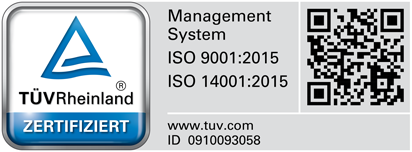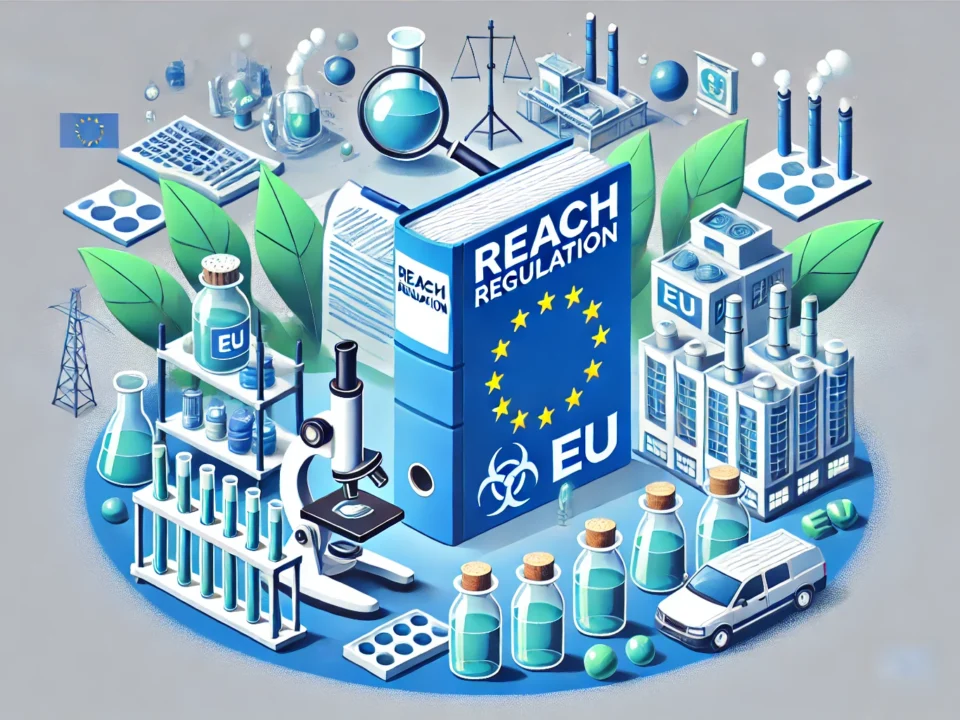CLP Regulation: Complete Guide to Hazardous Substance Management

The basics of the CLP Regulation and its significance
The European CLP Regulation is the central set of rules for the handling of hazardous substances and mixtures in the EU internal market. This comprehensive directive defines binding standards for the classification, labelling and packaging of hazardous substances. Product manufacturers, importers and downstream users must classify their goods according to these specifications and label them accordingly.
The aim of the CLP Regulation is to ensure a uniform level of protection for people and the environment. Systematic classification enables standardised risk assessment within the EU. Harmonised labelling regulations make hazard communication understandable across national borders.
The requirements apply to the entire product life cycle – from production, transport and storage to disposal. Particular attention should be paid to the complete documentation of all assessment steps and safety measures. Only the consistent implementation of these requirements ensures the safe handling of hazardous substances.
Systematic classification according to the CLP Regulation
Classification and labelling according to the CLP Regulation follows a clearly structured process based on scientific findings and standardised test methods. A complete hazard analysis must be carried out for each product, in which all relevant substance properties are systematically recorded and evaluated.
The CLP classification is based on defined limit values and precise classification criteria. Physical properties, toxicological data and potential environmental impacts are included in the assessment. Experts analyse available study results and documented empirical values.
Careful execution of these classification processes lays the foundation for legally compliant product labelling. Regular reviews and updates ensure that the classification always corresponds to the current state of knowledge. Only in this way can safety in handling hazardous substances be permanently guaranteed.
Specific CLP hazard classes
The CLP hazard classes are divided into three main categories: physical hazards, health hazards and environmental hazards. Each of these categories contains specific sub-categories that allow a precise description of the potential hazards. Classification is based on scientifically sound criteria.
Assignment to the CLP hazard classes requires a detailed analysis of the substance properties. Physical hazards include, for example, explosive, flammable or oxidising properties. Health hazards take into account both acute and chronic effects on the human organism.
Professional classification requires in-depth knowledge of the assessment criteria. Companies must ensure that their products are correctly classified. Regular review of the classification ensures long-term compliance with legal requirements.
Requirements for CLP labelling
CLP labelling is based on a multi-level communication system that clearly conveys hazards. Standardised pictograms visualise the type of hazard at a glance. Supplementary signal words such as ‘Danger’ or ‘Warning’ emphasise the urgency of the safety instructions.
The CLP regulation labelling prescribes specific hazard and precautionary statements. These H and P phrases provide detailed information about risks and necessary protective measures. The labelling elements must be available in the official languages of all EU countries in which the product is marketed.
Particular attention must be paid to the durability of the labelling. Labels must remain legible under normal handling conditions. Regular inspection of the labelling elements ensures continuous compliance with the requirements.
Documentation requirements for CLP hazardous substances
The handling of CLP hazardous substances requires comprehensive documentation of all safety-related information. Safety data sheets are the central element of hazard communication. They contain detailed information on substance properties, hazards and protective measures.
Companies must continuously update the documentation and keep it up to date. New findings about hazard potential or changes in composition require the documents to be updated immediately. Electronic management of the documentation facilitates this process.
The provision of up-to-date safety data sheets is one of the fundamental obligations under the CLP Regulation. All downstream users must be given access to the relevant information. Regular audits help to ensure that the documentation is complete and up to date.
Legal consequences of non-compliance
Violations of the CLP Regulation can have serious legal and economic consequences. Regulatory authorities systematically check compliance with the regulations. If deficiencies are found, there is a risk of heavy fines and sales bans for the affected products.
Inadequate documentation or incorrect labelling significantly increase the liability risk in the event of damage. Companies must pay for damages caused by inadequate hazard communication. Insurance coverage may be cancelled in the event of gross negligence.
The reputation of the company can be permanently damaged by violations. A loss of trust among customers and business partners often leads to long-term economic losses. Preventive compliance measures are therefore essential.
Professional support from Lufapak
Lufapak offers specialised services for the legally compliant implementation of CLP requirements. The team of experts provides support in the correct classification and labelling of hazardous substances. The advice covers all aspects of hazardous materials management, from documentation to practical implementation.
One focus is on organising safe and legally compliant transport solutions. Lufapak ensures compliance with all storage regulations and develops customised logistics concepts. The partnership-based cooperation enables optimal adaptation to individual company requirements.
Regular training and updates ensure that customers are always up to date with the latest regulations. Lufapak supports the implementation of efficient management systems, thus ensuring long-term compliance of their business processes.
Outlook and recommendations for action
The continuous development of the CLP regulations requires a proactive adaptation of operational processes. Companies should regularly train their employees and keep internal processes up to date. Implementing new requirements at an early stage prevents time and economic pressure.
Digital solutions are becoming increasingly important for hazardous materials management. Modern software systems support the documentation and management of safety-related data. The integration of these tools optimises the efficiency of compliance processes.
Consistent implementation of all requirements not only ensures legal compliance, but also creates competitive advantages. Companies benefit from improved processes and increased trust among their stakeholders. A future-oriented strategy in hazardous substance management pays off in the long term.
Contact us now and get advice




